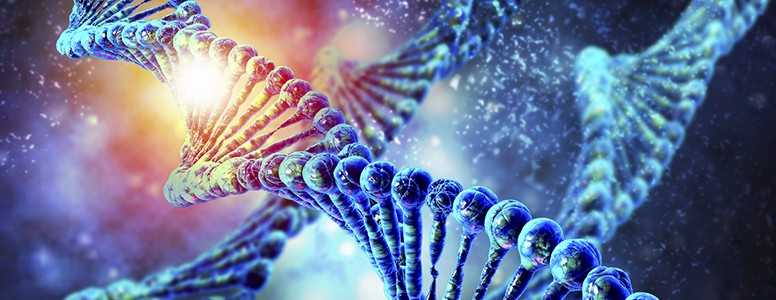Researchers from the Karolinska Institute in Swede, studying metabolic differences between fat cells from obese and normal weight people, have found abnormal changes in gene expression in response to insulin stimulation.
The study findings, published in the journal Cell Reports, also show that the genetic response to hyperinsulinemia in insulin resistant subjects only differed in a limited set of genes from that in insulin sensitive participants.
Over the past 15 years, evidence has emerged that a subgroup of obese people may be metabolically healthy, meaning that they do not present insulin resistance, high blood sugar, high cholesterol, and high triglycerides typical of obesity.
Statistically speaking, up to 30 per cent of obese subjects who have this healthy obesity phenotype display normal fasting blood glucose and lipid levels as well as good blood pressure, according to the authors.
This notion of “healthy obesity” has led to question whether treating the obesity is the way to address these issues, or whether another kind of metabolic imbalance exists.
This study revealed that white fat tissue samples from obese individuals classified as either metabolically healthy or unhealthy actually show nearly identical variations in gene expression governing responses to insulin.
The research team made the discovery while looking at differences in the kind of fat that obese people and normal weight people carry leading to a metabolically healthy obesity state and promoting high sensitivity to insulin.
To do so, scientists took fat biopsies from the subcutaneous white adipose (the fat layer directly underneath the skin) tissue of three groups of participants: 15 non-obese, 21 insulin-sensitive obese, and 29 insulin-resistant obese people.
The lead author of the study, Mikael Rydé, and his colleagues then analysed the gene expression profiles of participants to determine whether that of insulin-sensitive individuals looked more like their non-obese peers or insulin-resistant obese people.
They found that while insulin changed levels of gene expression in over 123 genes in both groups of obese participants, it affected the expression of just two genes in the non-obese group. This shows that there are small but quantifiable differences between insulin-resistant and insulin-sensitive individuals.
The researchers suggest that gene expression can change proteins encoded in fat cells that are linked to specific biological pathways. It can, among other things, trigger a different response to insulin stimulation in the fat cells of obese people than in those of healthy individuals.
However, there is the possibility that the gene expression-induced response during hyperinsulinemia may differ between fat tissue and other tissues such as skeletal muscle and liver.
At any rate, the findings, which are independent of cardio-metabolic risk factors, demonstrate that the notion of metabolically healthy may be more complicated than previously thought as there doesn’t seem to a clear genetic fingerprint that differentiates obese subjects with high or low insulin sensitivity.
What's new on the forum? ⭐️
Get our free newsletters
Stay up to date with the latest news, research and breakthroughs.





